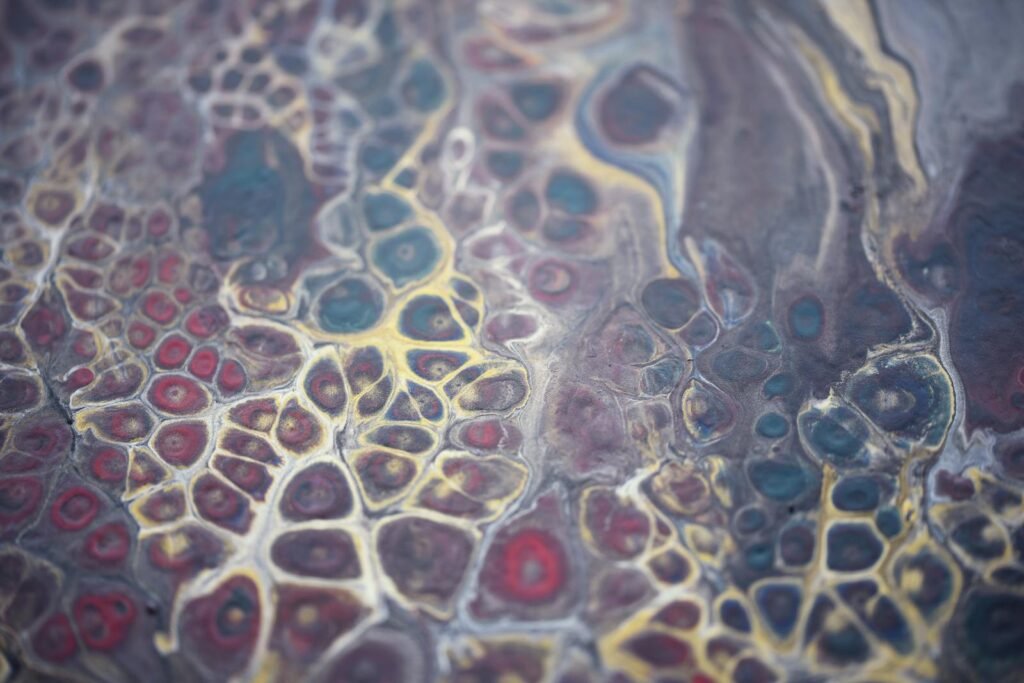How Bioluminescent Fungi Glow in the Dark and Why Scientists Are Studying Them
The enchanting world of bioluminescent fungi is a realm where science meets magic. These fascinating organisms captivate the imagination, illuminating the forest floor with an eerie glow. The phenomenon of bioluminescence in fungi is not just a visual delight but a subject of intense scientific inquiry. Researchers are delving into the mysteries of these glowing ...










